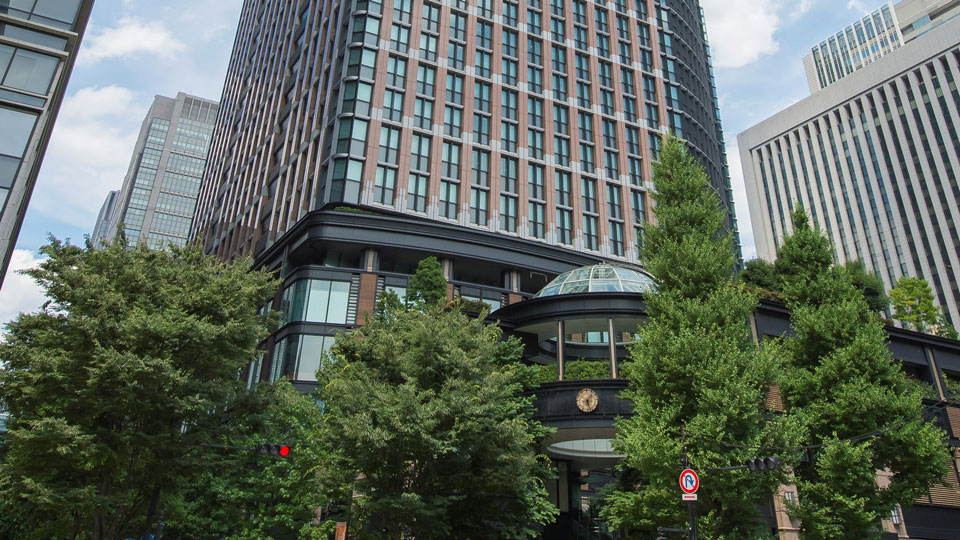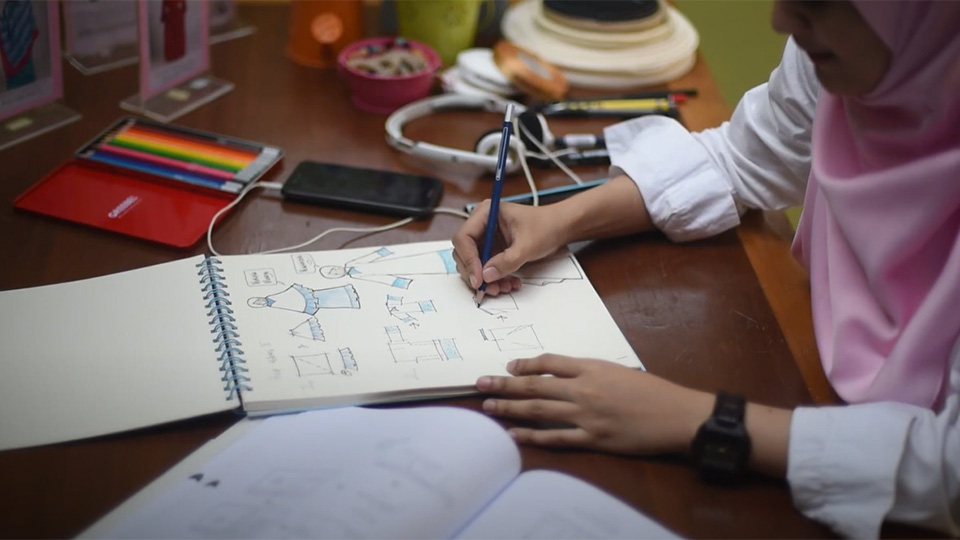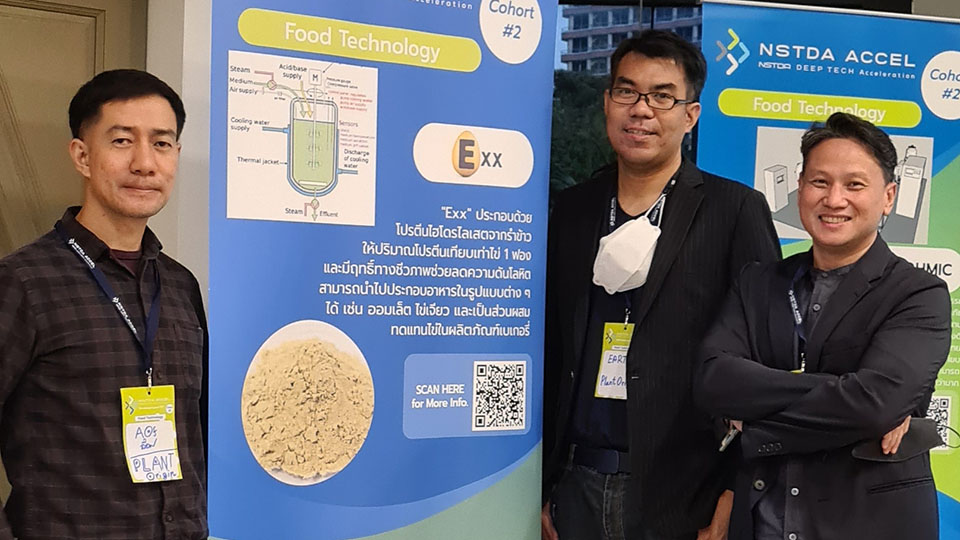Afyon Marble, Turkey
For thousands of years, marble – a metamorphic rock consisting primarily of limestone crystals – has been used by builders, architects, and artists to create homes, sculptures, and public buildings. The durable nature, variety of natural colors, and general ease of polishing have made marble one of the most used rocks in the history of humanity. Many ancient structures still standing in Europe, North Africa, and the Middle East are a testament to the usefulness and versatility of this material. Different types of marble can be found in many parts of the world, but perhaps one of the most used is the white marble found in the quarries of İscehisar, a town in the western province of Afyon in the Republic of Turkey (Turkey).

Located between the cities of Afyon (the capital of Afyon province) and Ankara, the capital of Turkey, İscehisar has been one of the world’s most vital sources of white marble for millennia. Known as Afyon Marble, hundreds of companies, both small and large, continue to mine, process, and sell Afyon Marble to customers throughout the world. In 2003, the Turkish government recognized the importance of Afyon Marble when it was granted protection as a Geographical Indication (GI). This has bolstered the efforts of companies working in the İscehisar quarries. One such company is Tureks, a leading natural stone supplier and inventor of new technologies in the marble and natural stone industry that was formed in 1982.
Goods with specific geographical origin
Marble from İscehisar and other regions in Afyon province has unique physical properties, such as a fine grain diameter and thin crystals, which are due to the geographical features of the region. Marble is a crystalline rock that is predominantly composed of calcite, dolomite, or serpentine minerals. It is formed from limestone in the Earth’s crust that is subjected to heat and pressure, which then crystalizes and changes the texture, chemical properties, and appearance of the rock. This process is called recrystallization, and can repeat countless times before it takes its final form and mineral composition.
While all known marble is formed through this process, each type of marble has its own characteristics. These are largely determined by the local soil composition and ecosystem. As limestone recrystallizes, fossilized organic or inorganic materials and other minerals merge with the limestone. These minerals – known in the marble industry as impurities – are dependent on surrounding soil characteristics, absence or presence of water, and temperature. Different combinations of these variables will yield different types of marble. For example, marble that was exposed to few impurities while the limestone recrystallized is a pale white while marble that was exposed to hematite is red. Marble that formed in the presence of water will have greater water absorption, and different impurities will make marble weaker or stronger.

Marble that is made up of mostly calcite and with few impurities is a clear white color and was used by ancient civilizations in the construction of buildings, monuments, and statues. Turkey’s location in the Alpine-Himalayan Orogenic Belt (a series of mountain ranges that stretches from southern Eurasia to the Atlantic ocean) has resulted in the formation of over 250 types of marble in the country. The mineral structure of the soil in the ancient mountains of the Afyon region yield marble that contains more than 95% calcite, low porosity, high density, and some types that are nearly translucent. These qualities have been recognized for thousands of years, as Afyon Marble has been used in many ancient structures, such as Roman temples, Greek amphitheaters, and Ottoman mosques. Today, Afyon Marble is so successful that it accounts for nearly 20% of all marble production in Turkey.
Geographical indication
Traditional products in Turkey, such as Afyon Marble, have long played an important role in rural development and the emergence of successful small and medium-sized enterprises (SMEs). As the world’s economies become increasingly integrated through globalization, local producers and SMEs could have the opportunity to reach international markets. Recognizing the important role that traditional products play in local communities and their intrinsic economic potential, the Turkish government enacted a law that created a GI mechanism to protect such products.
With the unique nature and long tradition of Afyon Marble, it was registered as a GI with the Turkish Patent Institute (TPI) in 2003. The GI stipulates that to be Afyon Marble, it must be quarried from the Afyon region and also must contain specific mineral qualities. The GI ensures that Afyon Marble continues to be of high and uniform quality, promotes investment in the region, and, with the name and product protected, facilitates regional economic development. To help SMEs and local producers take advantage of the GI, the Marble and Natural Stone Technology Implementation and Research Center (MNSTIRC) of Afyon Kocatepe University provides SMEs, producers, and stakeholders with technical guidance, ensuring that the marble being quarried meets the standards of the Afyron Marble GI.

Research and development
Assistance from entities like MNSTIRC and the Afyon Marble GI have benefitted many SMEs and local producers in the region by providing a set of common quality standards (enumerated by the GI) and a marketable brand. While many of these companies and producers have been quarrying Afyon Marble long before the GI was registered, it can serve as an additional tool. Tureks is an example of such a company, in that the SME has combined its experience, innovation, and the Afyon Marble GI into its activities.
Like many of its competitors, Tureks started out as a small workshop where it turned locally sourced stones such as Afyon Marble into products including floor and wall tiles, molding, and fixtures for homes, public buildings, hotels, and other structures. The company’s commitment to developing products of a high quality and engaging in research and development (R&D) for new products and processing methods helped it to soon become one of Turkey’s leading suppliers of marble and other locally sourced stone products.
One very popular style of marble in the industry is that of aged marble. This refers to marble products that have their surface treated to give a simulated weathered, rough, and aged appearance. Stones treated in this way exhibit a surface with soft irregularities and a brighter color, which occur naturally to marble and other stones as they age over the years.
As Tureks’ business expanded in the early 1990s, so did the demand for aged marble and other stones. The SME soon found that while commonly used methods could effectively simulate ageing, they typically took a significant amount of time to complete and were inefficient. For example, a common method is to strike marble tiles together or with a metal tool and then wash them. This manual, time-consuming process can cause up to 50% of the mass of the processed marble to be lost. It is therefore not suitable for mass production. Other methods include treating the stone with sulfuric acid, which is costly and dangerous, or using an air compressor to strike the stone with small sand particles, which does not yield stone with a naturally aged appearance.
To solve these problems, Tureks entered into R&D to develop a new treatment process that would give locally quarried stones (such as Afyon Marble) a natural aged appearance. The SME determined that this process must allow for economical mass production in a short time, be usable for various stone thicknesses, have limited loss of stone mass, and not require abrasive chemicals or overly expensive equipment.
Invention

of a PCT application
Following a period of R&D, in 1997 Tureks invented an innovative process to specifically treat marble and similar stones to simulate ageing. Typically, quarried stones that are meant for simulated ageing undergo three types of processing: they are cut into plates, tiles, or slabs; then they are polished with diamond-tipped calibrators; and finally they are treated to simulate ageing. The SME’s invention turned the last two steps into one process by attaching stationary cup-shaped wire brushes with flexible helical and fringed bristles onto the heads of the diamond-tipped polishers. Stones therefore undergo the simulated ageing process when they are being polished, minimal stone mass is lost, and time is saved since only two activities – cutting and polishing – are undertaken instead of three.
This process is also cost-effective because brushes are attached to already existing equipment, which provides for quick implementation. Brushes are readily available and are cheaper than large and expensive machinery required for other methods, which makes this process cost-effective. Additionally, stones processed in this way have a surface of soft irregularities and a natural level of brightness, resulting in a product that is very similar to naturally aged marble.
About a decade later, Tureks followed this up with another innovation that addresses shortcomings in reinforcement methods for stone products such as marble. This invention involves cutting channels into the surface of the stone, filling these channels with gel or liquid reinforcement material, curing the stone, and then removing any excess reinforcement material, which yields the final product. Doing so increases the robustness of the stone and reduces waste by reducing the occurrence of rupture in the stone, which would then make it unusable for a product.
Patents, trademarks, and domain names
In addition to the GI, companies in the marble industry in Turkey have recognized the importance of protecting their innovations and brands with the IP system. Tureks, for instance, made an application for its simulating ageing treating process with TPI in 1996. This was used as the basis for an international application under the WIPO-administered Patent Cooperation Treaty (PCT) in 1997. The SME followed this up with another PCT application in 2006 for its reinforcement method for marble and other stones.

Branding has also proven to be an important strategy for Tureks, and as of 2014 the SME had over 35 trademark registrations with TPI. These include for the company’s name and logo (#2003/11146); slogans such as Marble From Turkey (#96/019118); and product names such as Avalon (#2009/69252), Royal Cream (#2014/56936), and Silver Shadow (#2009/69304). Domain names have also been important to Turkish companies selling Afyon Marble products as a way to reach international markets, and Tureks owns multiple domain names such as tureksstone.com and tureks.com.tr.
Commercialization
Afyon Marble has been quarried and sold for thousands of years, and the long-standing reputation that the Afyon region has as a source of marble products of high quality continues among local producers today. With the registration of the Afyon Marble GI in 2003 and quality and production methods of Afyon Marble assured, producers large and small have been able to reach more markets. In addition to Tureks and other large companies, smaller local producers in the form of family businesses or cooperatives are able to sell Afyon Marble products to domestic or international companies in the marble industry. As a result, Afyon Marble continues to be commercialized through many avenues, reaching customers throughout the world.
Business results
Due in part to the GI, the Afyon Marble industry has seen significant growth. In 2002 – one year before the GI was registered – the region saw exports of US$36 million annually. By 2014, this has increased to over US$150 million annually, and the Ministry of Forestry and Waterworks expects this to increase to approximately US$500 million by 2023. Smaller producers have been able to reach international markets because of the assurance the Afyon Marble GI brings. Larger companies such as Tureks have also been able to grow by utilizing not only GIs, but also other IP instruments such as patents and trademarks. For instance, thanks in part to the GI that has internationally promoted the qualities of Afyon Marble, the SME produces over 5,000 varieties of stone products – many of which include Afyon marble – and as of 2014 employed over 200 people on five continents.
Carved by time
From the mountains of the Afyon region marble has been quarried and used in some of the most recognizable structures throughout the world for millennia. With the protection of Afyon Marble through the implementation of a GI, producers large and small in the region have been able to expand their reach, innovate new products and brands, and continue to spread the diverse and natural beauty of Afyon Marble.



